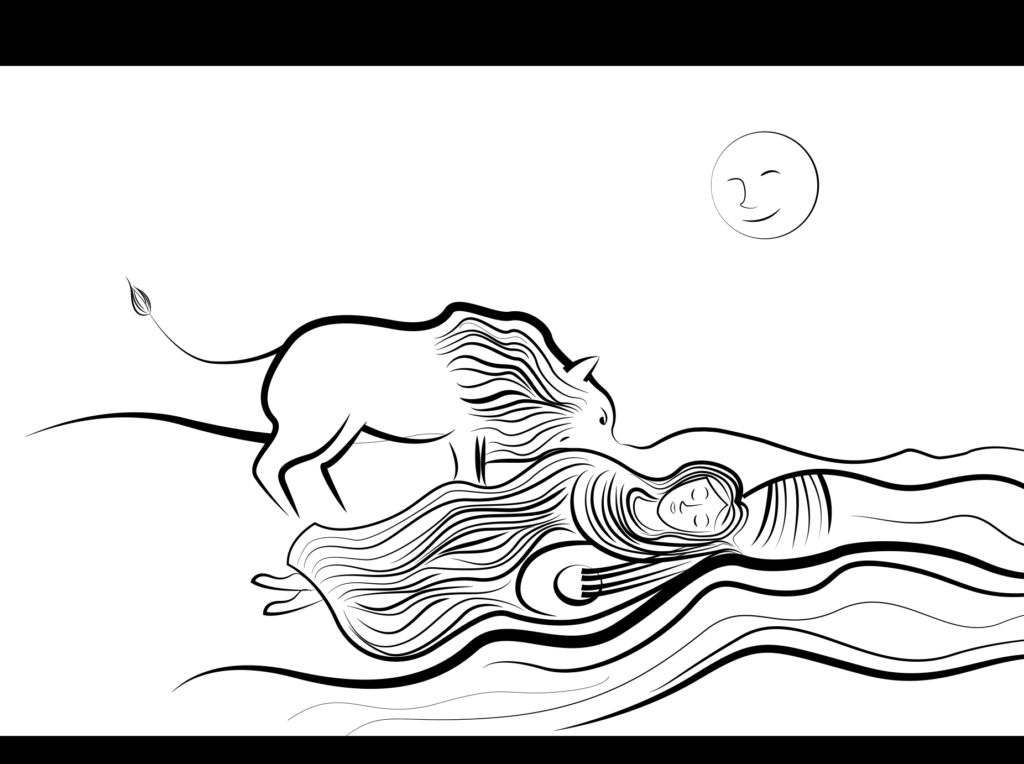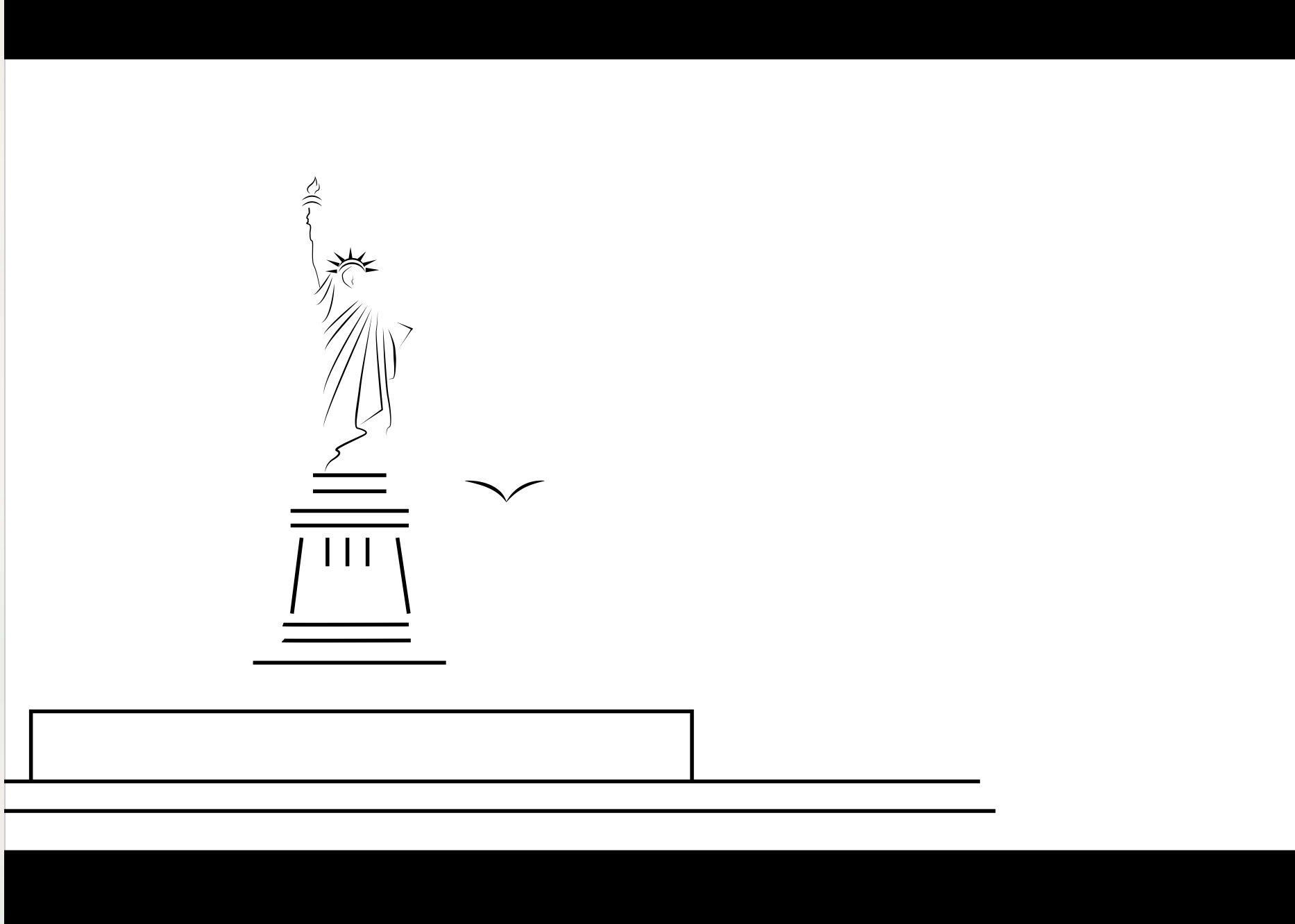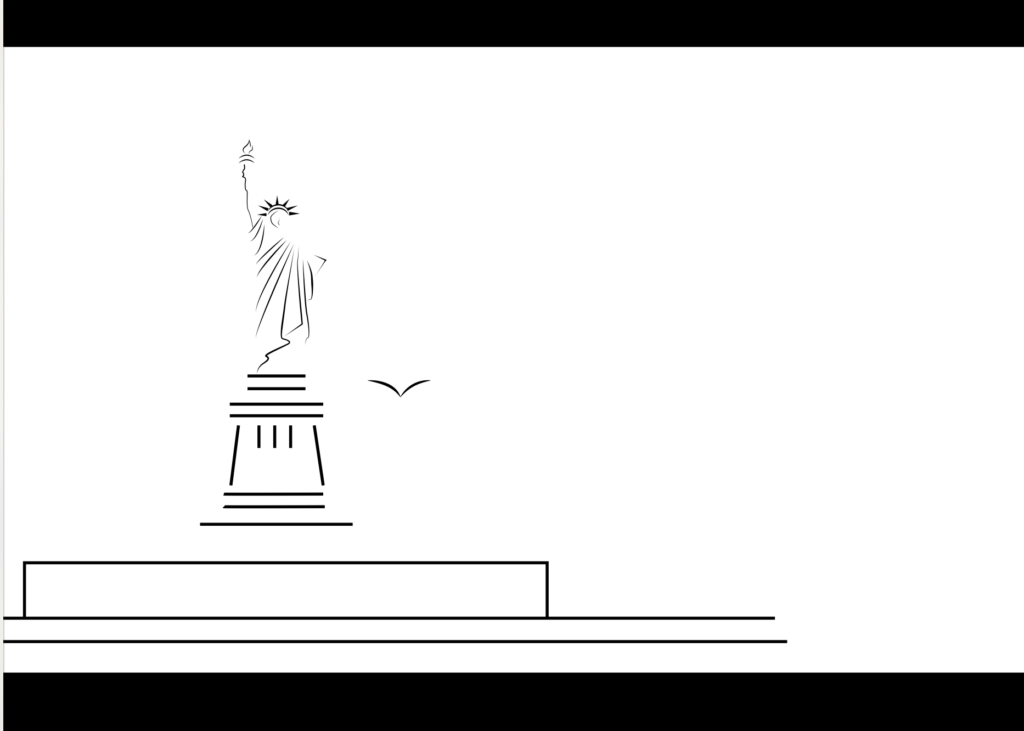
Neorealism was one of the most original key film movements of all time. Many directors who represent the history of American cinema, first and foremost Martin Scorsese, consider Italian Neorealism a point of reference for their inspiration. But what is left today of that way of producing cinema, based on the expressive freedom of the authors? A question that producer Michele Diomà tried to answer with his movie “Dance again with me, Heywood!”.
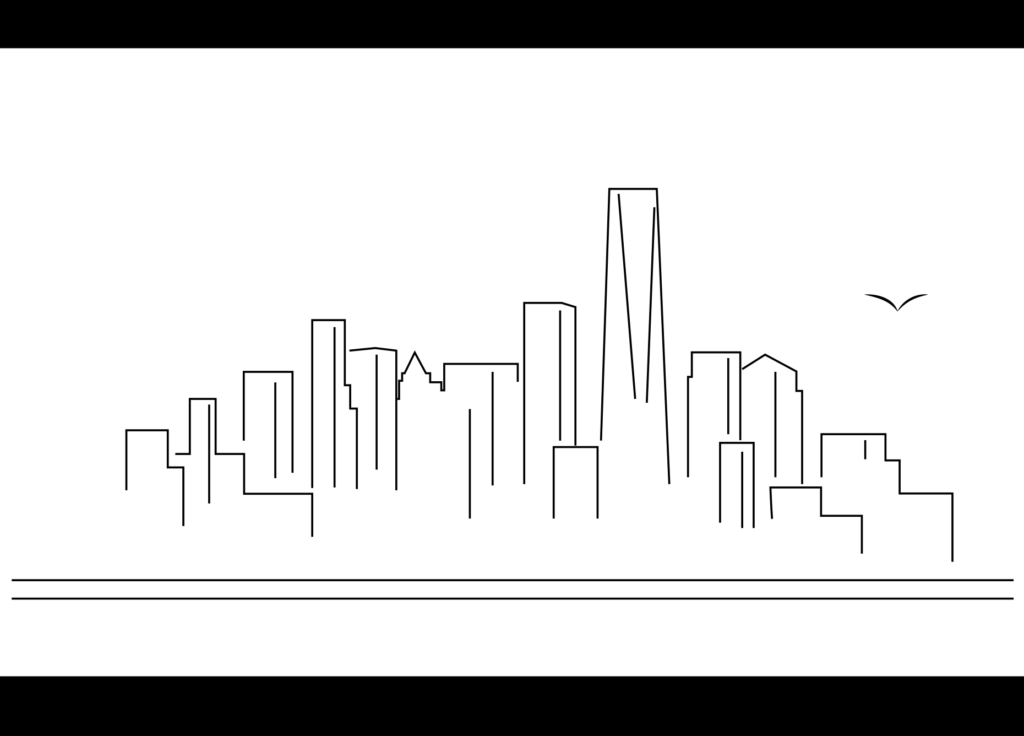
Michele Diomà is 39 years old, he is Italian, he directed “Born in the U.S.E.”, with the special participation of filmmaker Francesco Rosi – widely celebrated for the movie “Salvatore Giuliano” which was listed by Martin Scorsese as one of his twelve favorite films of all time.
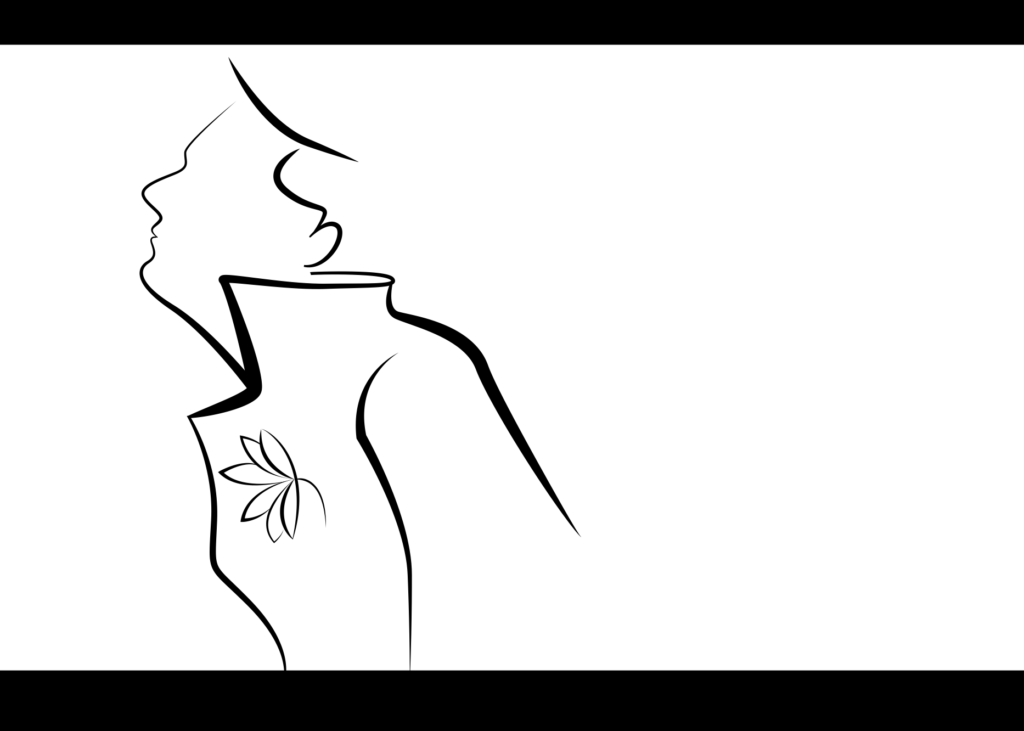
Later he directed the Nobel Prize-winning actor and playwright Dario Fo, in a satire film dedicated to the subject of press freedom in Italy and presented at the New York University in October 2017. After that film Michele Diomà founded the New York Neorealism Factory, a work team which takes inspiration from Neorealism’s production ideas to make films in the Big Apple.
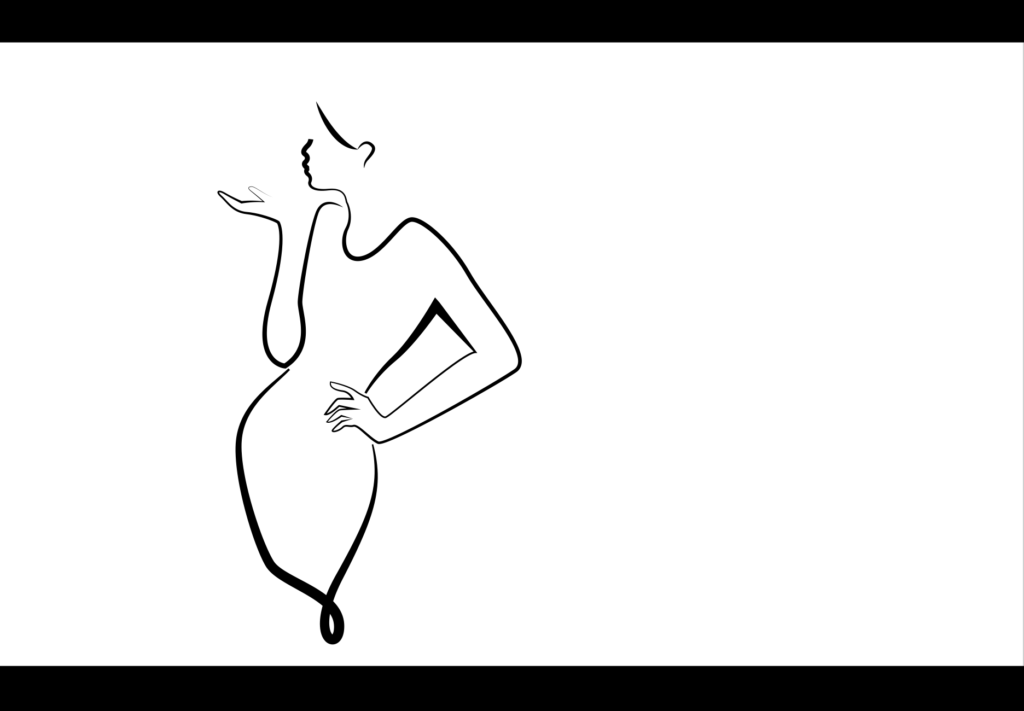
Diomà said: “I consider New York to be the cultural synthesis of all that once was Western civilization and this is why I chose to start from the Big Apple to recreate a new Made in Italy cinema”.
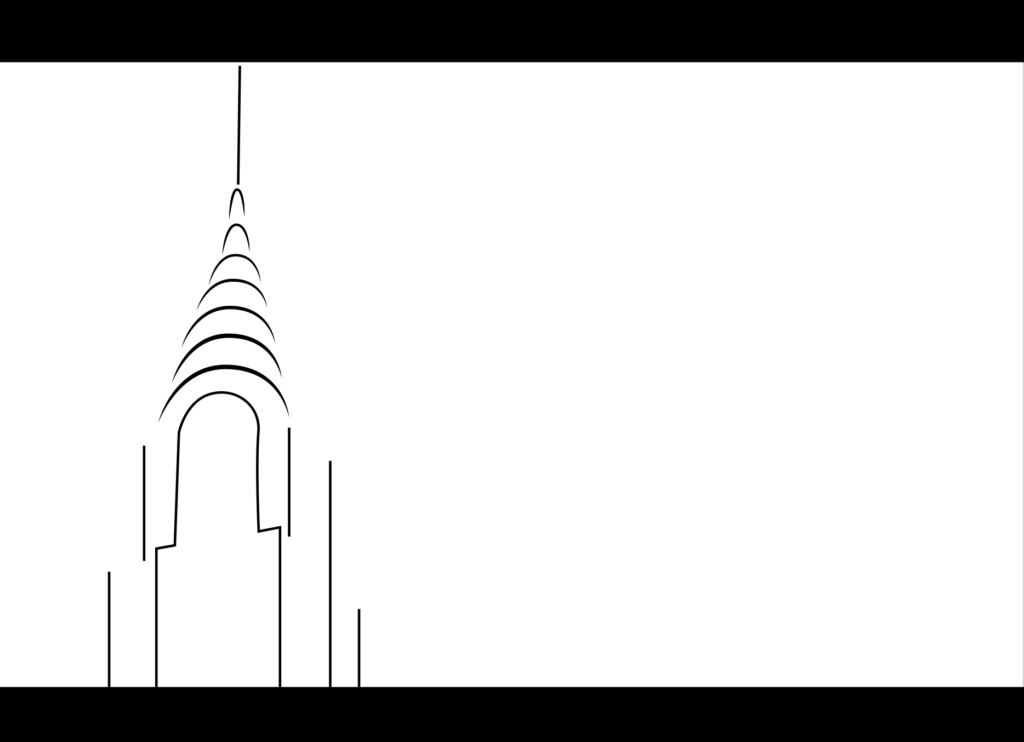
“Dance again with me Heywood! ” is the Manifesto of New York Neorealism.
What follows is the synopsis:
“Dance again with me Heywood!” is a fairy tale set in contemporary Manhattan, built on two intersecting narrative paths: the pure fiction, in which we witness the surreal life events of a young man named Heywood who lives on a rooftop in New York City, and the documentary, where the Academy-Award winning James Ivory…
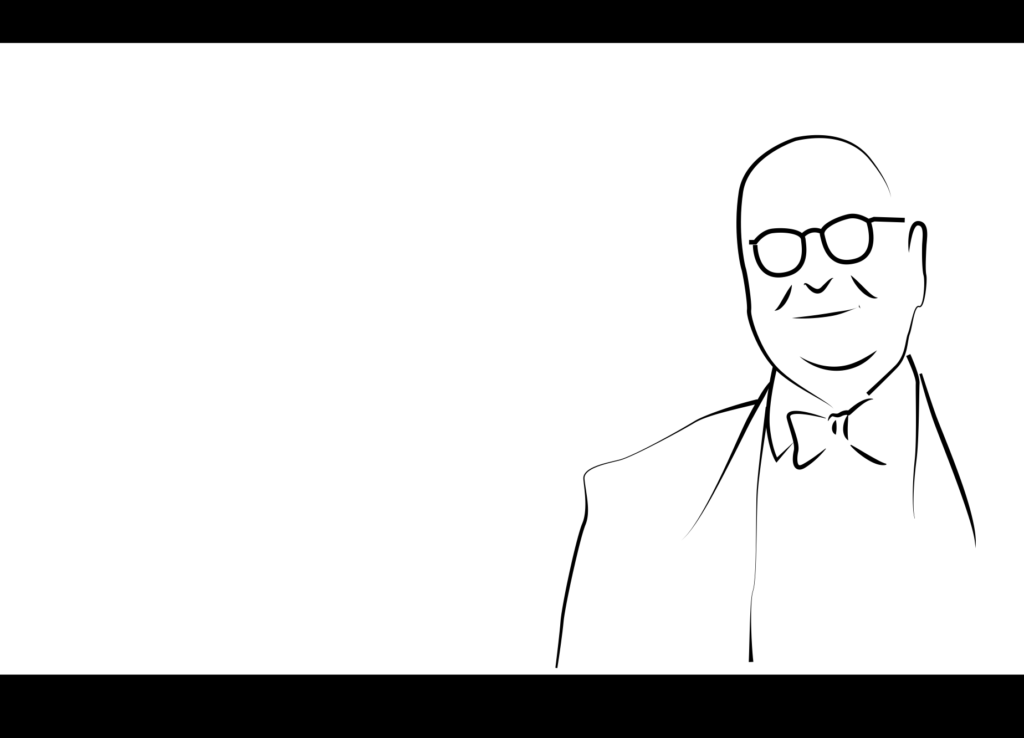
…shares his thoughts about what Cinema has been so far and what it could become in the future. In the film, enriched also with animations, there is a continuous game that involves shifting from a cinematographic language to another, through which the two protagonists – Heywood and the woman with the imaginary “Moon Butterfly Syndrome” – face a metaphysical journey.
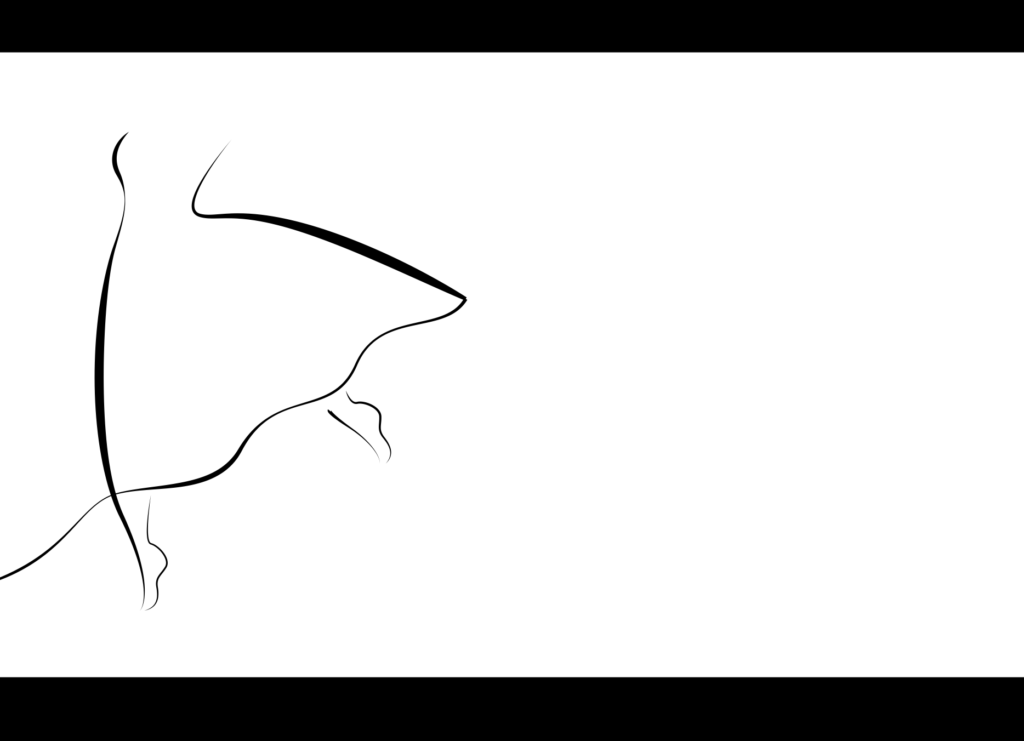
Such a journey will lead them to understand that often, even the (apparently) most real aspects of our existence, are just an illusion. At some point of the film it is posited what may be a fascinating historical-artistic discovery concerning a painting exhibited at the MoMA – Museum of Modern Art in New York City.
